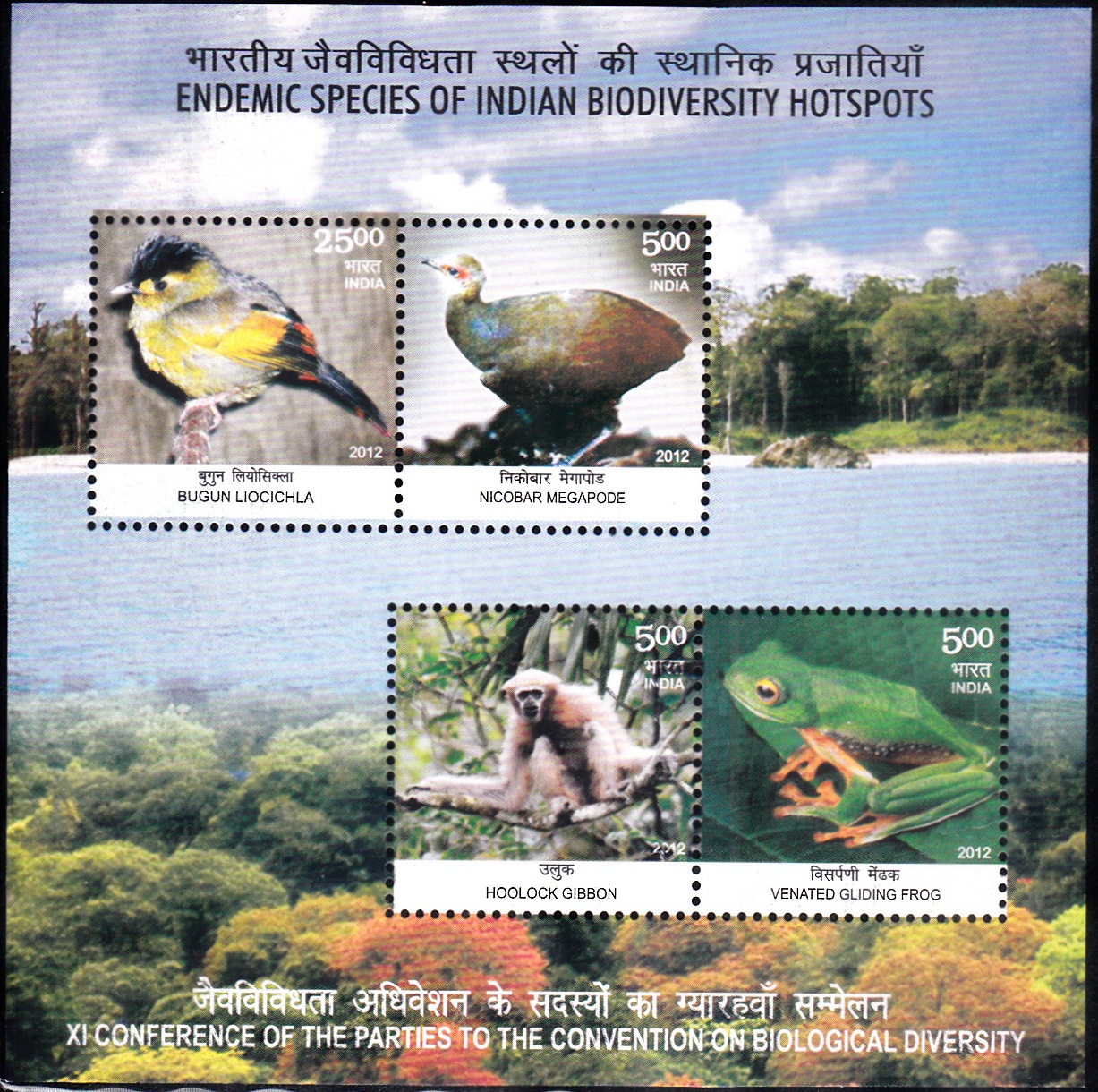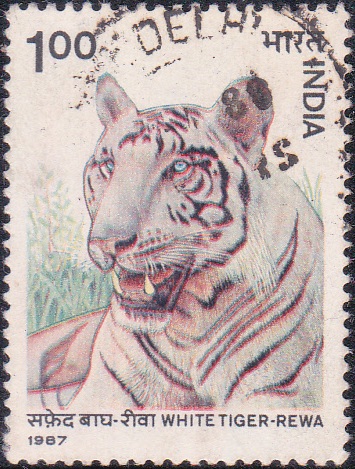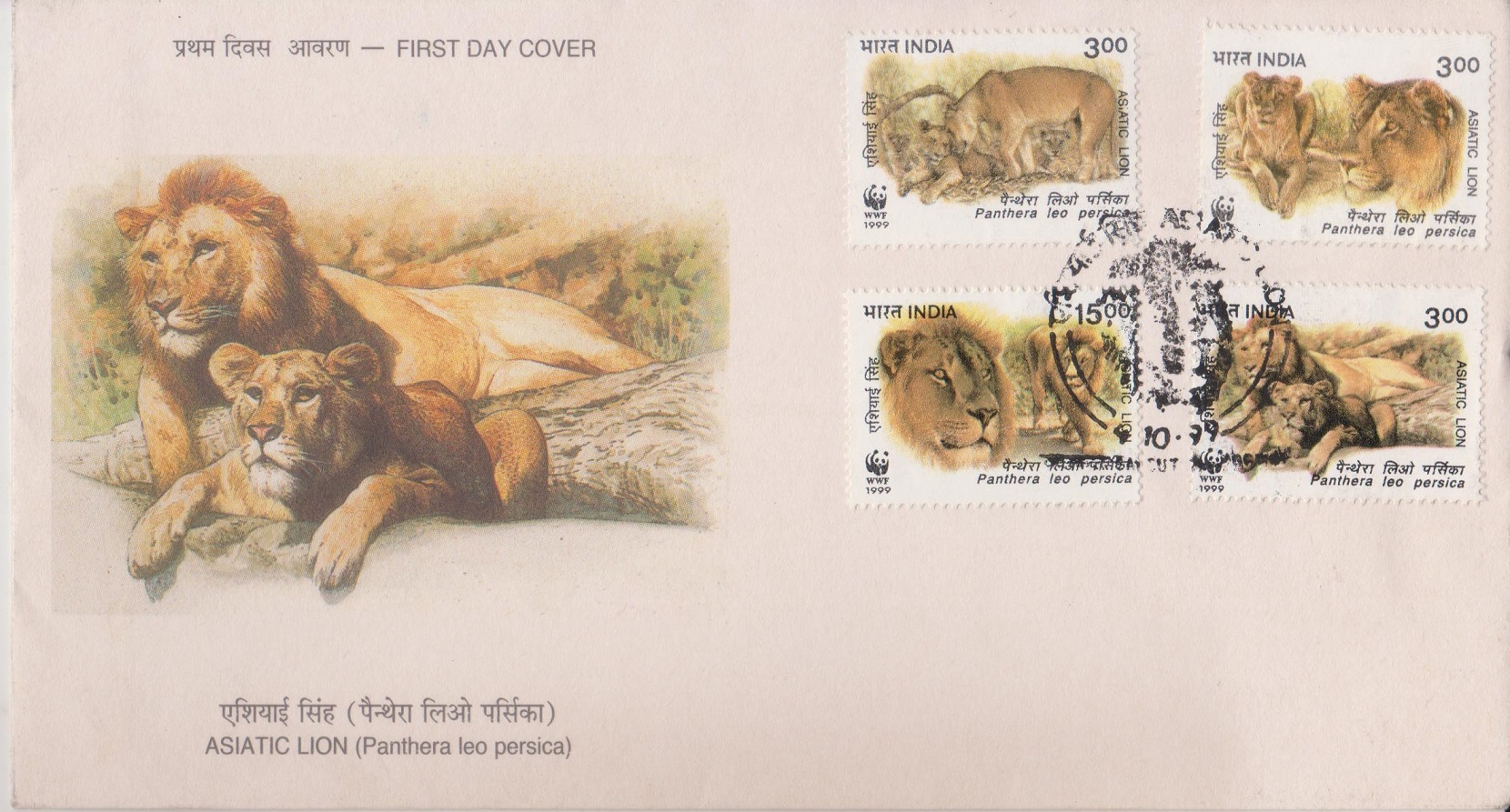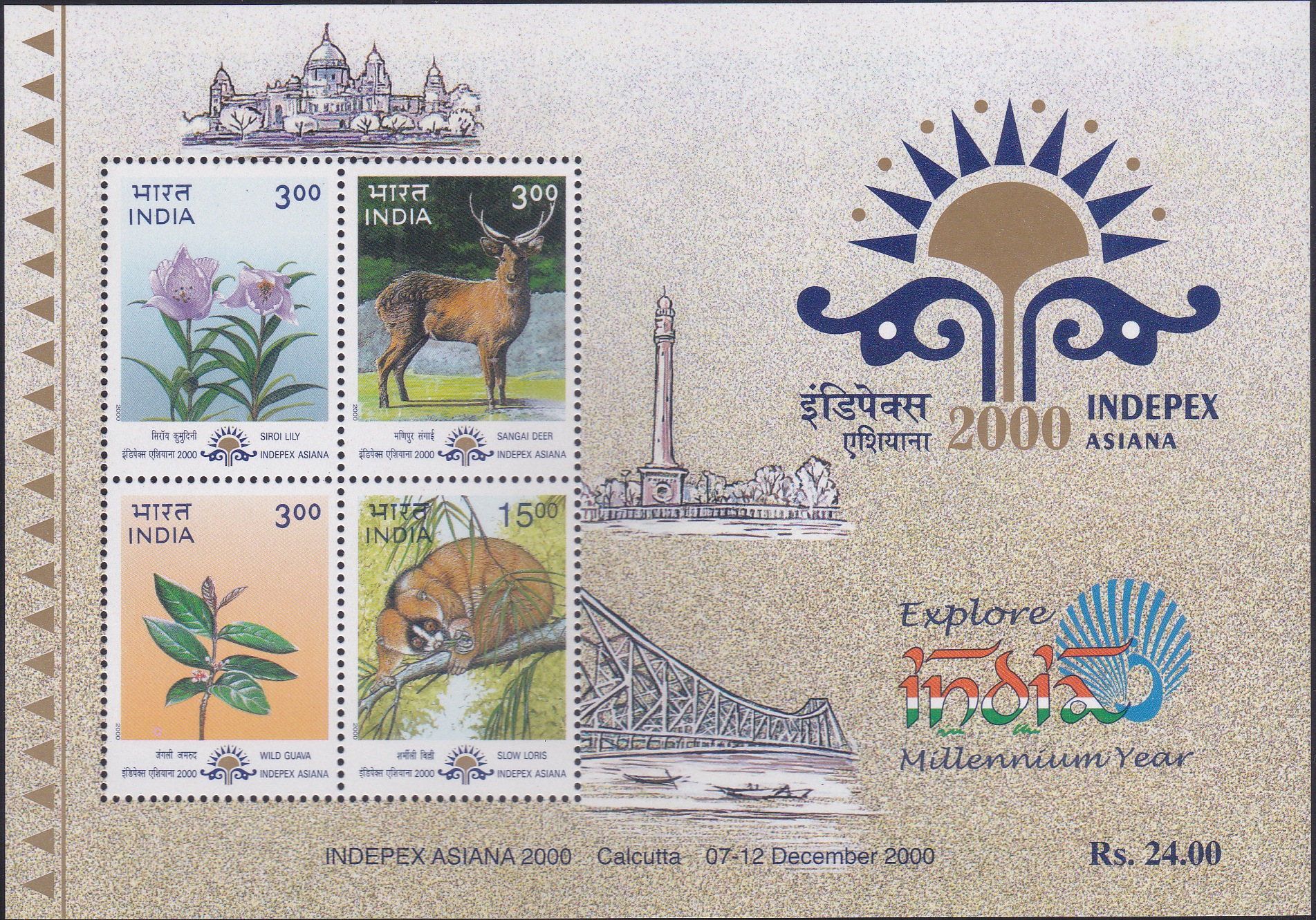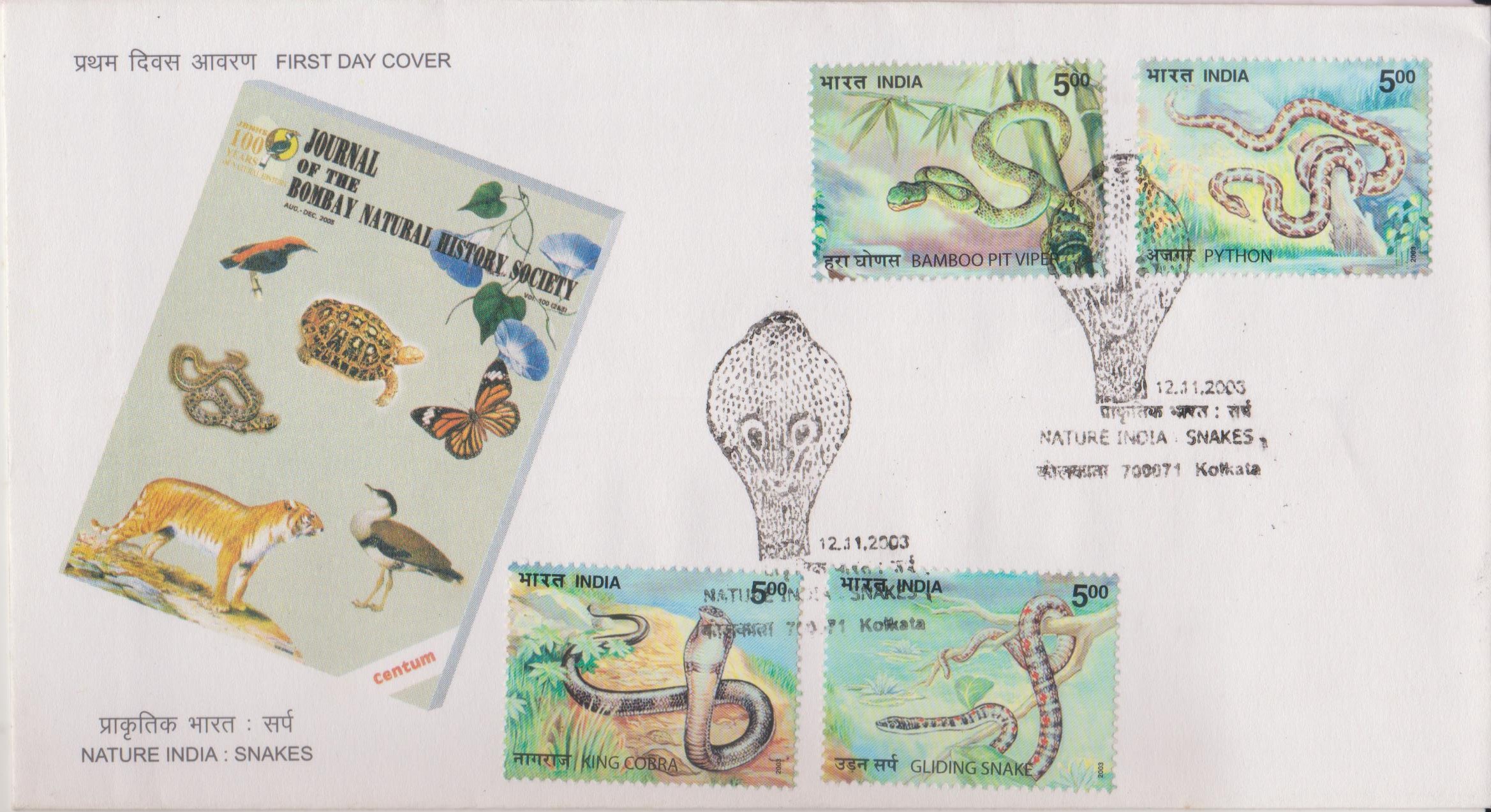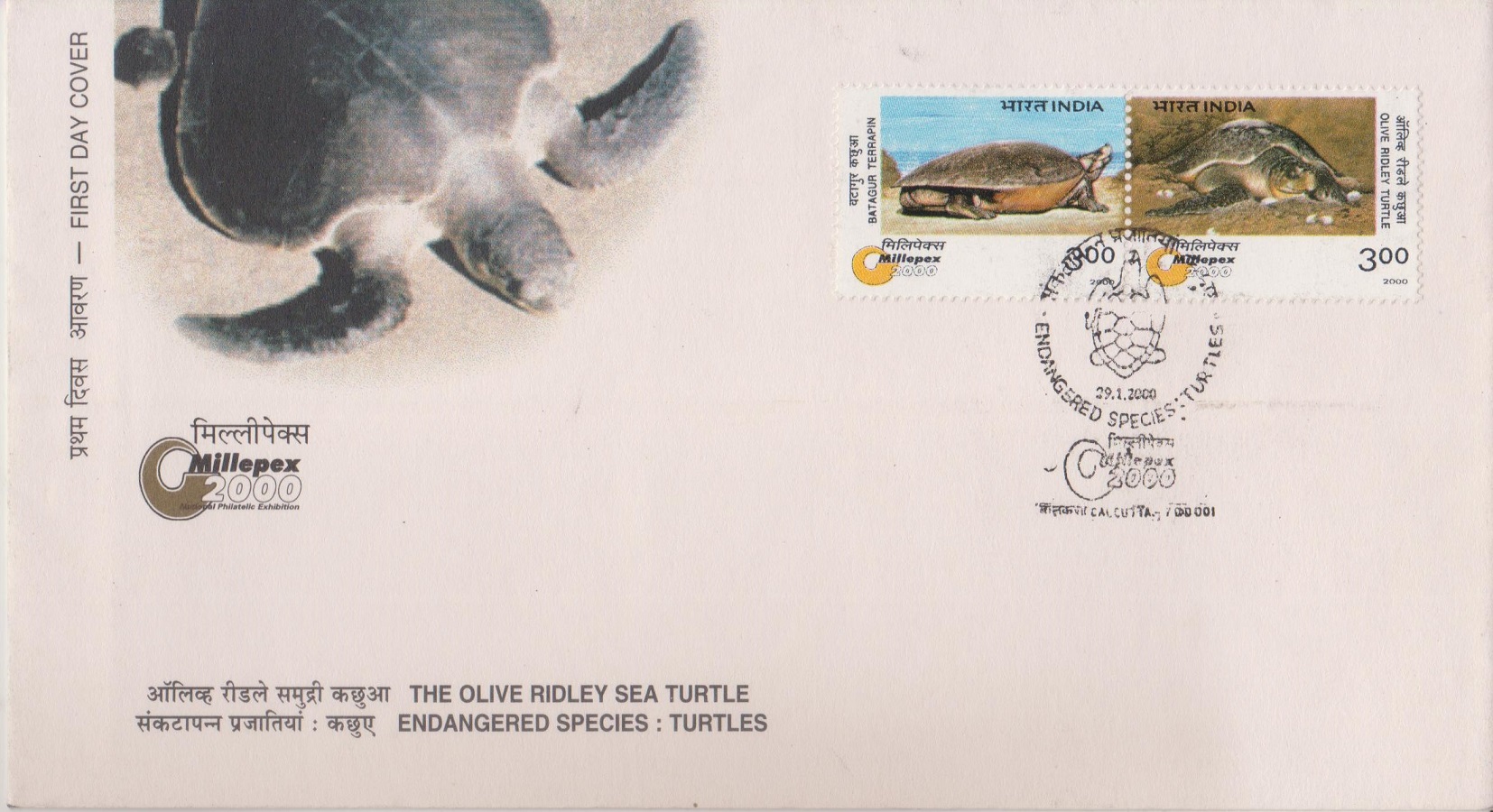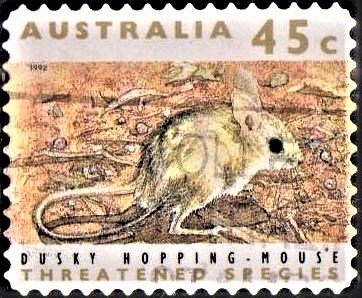
Native Animals of Australia
Complete Set of 6 nos of commemorative postage stamp on the Australian Threatened Species :
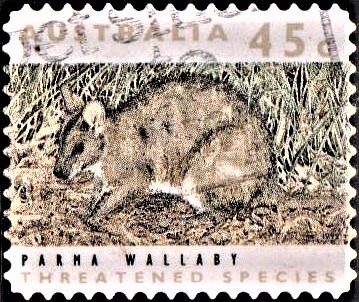

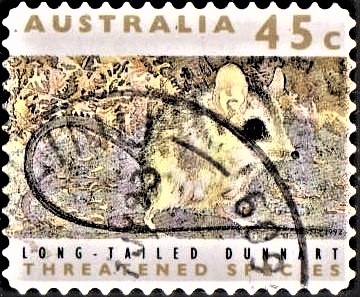
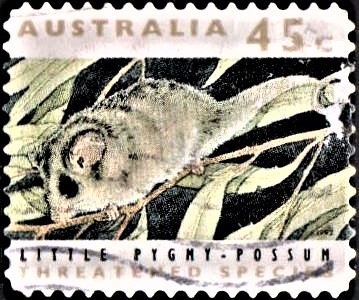

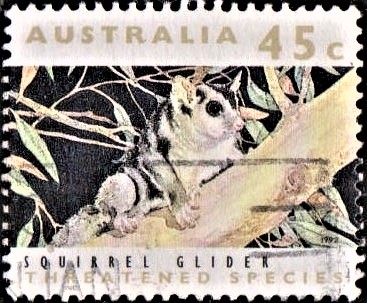 Issued by Australia
Issued by Australia
Issued on Jan 2, 1992
Type : Stamps, Postal Used
Colour : Multi colour
Denomination : 45 cents each
About :
- Many of Australia‘s unique species of native wildlife have become extinct since European settlement. More are classed as rare, vulnerable or endangered, their future survival in doubt as natural habitats fall victim to pastoral, industrial and suburban encroachment. The Parma Wallaby (Macropus parma) was thought to have become extinct in Australia in the nineteenth century, but in 1967 a female was discovered and further populations were later found in high rainfall areas on the northern coast of New South Wales. Its restricted range, however, means the species is still vulnerable to extinction.
- Climatic change over the past 10,000 years is thought to have resulted in a contraction of the range of the Ghost Bat (Macroderma gigas). Australia‘s only carnivorous bat, it preys on large insects, frogs, lizards, birds and small mammals. Remaining colonies exist in a patchy but widespread distribution over northern Australia in quite diverse habitats. The species is very sensitive to disturbance, placing the few remaining large populations at risk.
- The long-tailed Dunnart (Sminthopsis longicaudata) is a carnivorous marsupial found in arid, isolated areas of central Western Australia. Its brush-tipped tail, more than twice the length of its body, and striated foot pads, suggest it is an agile climber. Study of the species has only been possible since an expedition by the Western Australian Wildlife Research Centre in 1981 succeeded in trapping eight animals in the Gibson Desert Nature Reserve.
- The rare status of the Little Pygmy-possum (Cercartetus lepidus), Australia‘s smallest possum, probably results from extensive clearing of the forested areas of south-eastern Australia. Although still found in viable numbers in Tasmania, the possible effect of the woodchip industry on its habitat renders it potentially vulnerable.
- One of the rarest and least known of Australian rodents, the Dusky Hopping-mouse (Notomys fuscus) inhabits an area of central Australia covering the north of South Australia and the south-west corner of Queensland. Population density remains low even in favourable locations, although this was not always the case. The explorer, Sturt, reported that Aboriginal hunters captured them by the hundreds. The Dusky Hopping-mouse confines its activities to the flat top of sand dunes during the night, and spends the day away from the heat in an intricate, ventilated nest, a metre or more below the surface of the dune.
- The Squirrel Glider (Petaurus norfolcensis) is similar in appearance to the Sugar Glider, but is twice as large and much rarer. It is likely to have been more affected than the smaller species by the clearing of Australian’s eastern forests for agriculture. Consequently, even remnant vegetation along existing roadsides, creeks and rivers is considered vital for the species’ survival. The remaining examples are sparsely distributed in inland forest areas from south-western Victoria to northern Queensland.
- Other native animals are more ubiquitous. The Short-beaked Echidna (Tachyglossus aculeatus), for example, is found over most of Australia, in varying habitats, its only real requirement being a ready food supply of ants or termites. Like the Platypus, the Echidna is a monotreme, differing from other mammals in that it is egg-laying. Its covering of long spines offers very good protection and there are no significant predators of the species or competition for its staple food. Although distribution is sparse, the species appears to be in no danger.
- The range of the Koala (Phascolarctos cinereus) is limited by the availability of suitable food trees. Its habitat has been diminished by clearance for agriculture, and the species has been protected in Victoria, New South Wales and Queensland for many years. If there is no scope for Koalas to spread when numbers are abundant, they are likely to kill their food trees by eating them bare, thereby threatening their own survival.
- The Common Brushtail Possum (Trichosurus vulpecula) is very familiar to most Australians because it has adapted to suburban life. It occurs over an extensive range in Australia and is protected on the mainland.
- The Common Wombat (Vombatus ursinus) generally spends its days in burrows consisting of a complex range of tunnels, some extending 20 metres in length. Although home ranges overlap and burrows are used by more than one animal, social interaction is minimal. European settlement has diminished the range of the Common Wombat, but it still exists in fairly large numbers in parts of south-eastern Australia.
- Illustrations of both issues are by Betina Ogden, a Melbourne illustrator who was first commissioned by Australia Post for the Pets stamps in 1991.
Subscribe
Login
0 Comments


